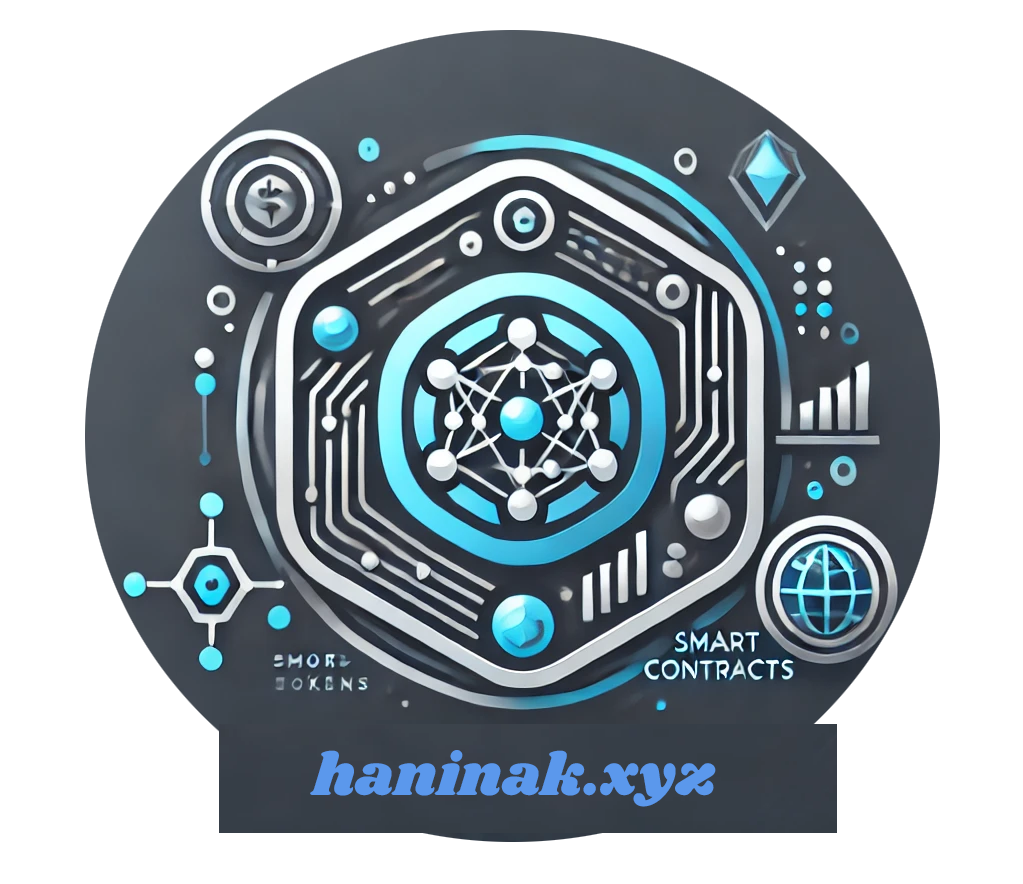How is transaction validation done on the blockchain?
Transaction validation on the blockchain is a key process. It ensures the ledger is secure and accurate. Validators, like miners or mining pools, check if transactions are real and if the sender has enough funds.
Transactions are grouped into blocks. Cryptographic hash functions create unique digital signatures for each block. This makes the blockchain’s integrity and immutability clear.
Consensus mechanisms, like Proof of Work (PoW) and Proof of Stake (PoS), help nodes agree on the blockchain’s state. Validation comes before consensus. Miners might create different blocks due to network delays or transaction fee choices.
The consensus process then picks which block to add to the chain. It verifies the transactions before moving to the next block.
Blockchain technologies and techniques are vital for validating transactions. Understanding this process is key for the security and reliability of blockchain-based apps and networks.
Understanding Blockchain Validation Fundamentals
Blockchain technology is changing how we validate and secure transactions. It has key parts like transaction validation, digital signatures, and the difference between validation and consensus.
Core Components of Transaction Validation
Transaction validation on a blockchain is a detailed process. First, new transactions are put into blocks. Then, these blocks are added to the ledger.
This block creation is key to keeping data safe and true. Cryptography is vital here, making data secure and unchangeable.
Role of Digital Signatures in Validation
Digital signatures are crucial for validating transactions. They combine transaction data with the sender’s private key. This ensures the transaction’s authenticity and integrity.
Cryptographic algorithms in digital signatures protect against tampering. They make the blockchain network reliable.
Validation vs Consensus: Key Differences
Validation and consensus are important in blockchain, but they’re different. Validation checks if a transaction is valid, following the network’s rules. Consensus makes sure the network agrees on transaction order and smart contracts state.
Knowing these basics helps us see how blockchain is strong and secure. It’s set to change many industries for the better.

Blockchain Technologies and Techniques in Transaction Processing
The blockchain world uses many technologies and techniques for secure and clear transaction processing. At its heart are cryptographic hash functions. These functions turn transaction data into fixed-size strings called hashes. These hashes are key to keeping blockchain records unchanged, as any change would be noticed.
Consensus algorithms are vital for blockchain transaction processing. Proof-of-Work (PoW) and Proof-of-Stake (PoS) are two main types. PoW makes miners solve puzzles to validate transactions. PoS gives block creation rights based on how much cryptocurrency is staked.
Other consensus methods, like Practical Byzantine Fault Tolerance (PBFT) and Delegated Proof of Stake (DPoS), aim to solve PoW and PoS’s issues. They help in faster transaction processing and better scalability, making them good for big applications.
Network nodes play a big role in validating transactions. They check transactions, keep blockchain copies, and agree on new block validity. This peer-to-peer network structure keeps Cryptocurrency systems, like Ethereum, decentralized and safe from single failure points.
| Blockchain Network Type | Characteristics |
|---|---|
| Public Blockchain | – Anyone can join and participate – Requires substantial computational power – Lacks transaction privacy – Exhibits weak security for enterprise use cases |
| Private Blockchain | – Governed by one organization – Controlled participation, consensus, and shared ledger – Improves trust and confidence between participants – Deployable behind corporate firewalls or on-premises |
| Permissioned Blockchain | – Restricted participant access to the network and transactions – Requires invitations or permissions to join – Ensures a controlled network environment |
| Consortium Blockchain | – Multiple organizations share maintenance responsibilities – Enforces restrictions on transaction submission and data access – Suitable when all participants require permission and shared accountability |
These blockchain technologies and techniques work together. They enable secure, transparent, and decentralized transaction processing. This opens the door for blockchain’s wide use in many industries.

The Role of Validators in Transaction Verification
In the world of blockchain, validators are key to keeping transactions safe and secure. They can be individuals or groups. Their job is to check if transactions are real and keep the blockchain network healthy.
Validator Requirements and Responsibilities
Validators need to meet certain criteria to help verify transactions. They must set up nodes, stake cryptocurrency, and follow the network’s rules. Their duties include checking transactions, adding new blocks, and watching for security threats.
Staking Mechanisms and Security Measures
Many blockchain networks use staking to keep validators honest. Validators must stake cryptocurrency, risking it if they act badly. This keeps the network safe and stops validators from cheating.
Rewards and Incentives for Validators
Validators get rewards for their hard work. They earn transaction fees and sometimes block rewards. These rewards motivate them to do a good job and keep the blockchain running smoothly.
Validators are crucial in Hyperledger and other Blockchain Technologies and Techniques. They protect the blockchain, making sure it’s safe, open, and reliable for everyone.
Consensus Mechanisms for Transaction Validation
In the world of distributed ledger technologies and cryptocurrencies, consensus mechanisms are key. They ensure everyone agrees on transaction validity and order. This prevents double-spending and keeps the blockchain network safe.
Proof of Work (PoW) is a well-known mechanism. It’s used by Bitcoin and Litecoin. Miners solve puzzles to win, but it’s energy-intensive and slow.
Proof of Stake (PoS) is another method. It’s used by Neo and Ada. Validators are chosen based on their staked cryptocurrency. It’s more energy-efficient than PoW.
Other methods include Delegated Proof of Stake (DPoS) and Practical Byzantine Fault Tolerance (PBFT). DPoS lets users choose validators. PBFT aims to agree even with faulty nodes.
New methods like Proof of History (PoH) are being explored. It’s from the Solana Project and aims to solve energy and speed issues. Artificial intelligence and machine learning are also being researched to improve consensus mechanisms.
The right consensus mechanism depends on the blockchain’s needs. It’s about fair rewards, less environmental impact, and faster transactions. But it must keep security, decentralization, and network integrity.
| Consensus Mechanism | Description | Examples |
|---|---|---|
| Proof of Work (PoW) | Miners compete to solve cryptographic puzzles, with the first to solve broadcasting the solution for verification. | Bitcoin, Litecoin, Bitcoin Cash, Monero |
| Proof of Stake (PoS) | Validators are selected based on the amount of cryptocurrency they have staked. | Neo, Ada |
| Delegated Proof of Stake (DPoS) | Users elect representatives to validate transactions. | EOS, Steemit |
| Practical Byzantine Fault Tolerance (PBFT) | Focuses on reaching agreement even in the presence of faulty or malicious nodes. | Hyperledger Fabric, Ripple |
| Proof of History (PoH) | A low-energy-consuming alternative to PoW, developed by the Solana Project. | Solana |
Security and Verification Protocols in Blockchain Networks
Blockchain’s security comes from strong cryptographic protocols. These protocols use cryptographic hash functions to keep data safe. These functions turn transaction information into unique, fixed strings.
Any change in the data changes the hash value completely. This stops anyone from altering transactions without being caught.
Blockchain also stops double-spending, a big problem in digital transactions. It does this through strict checks and consensus. Network nodes check if the sender has enough money and if the recipient’s address is correct.
They look at the transaction history and confirm the funds. This makes sure the transaction is valid.
The peer-to-peer nature of blockchain adds to its security. Nodes compete to solve complex math problems in Proof of Work systems. The solution is checked by other nodes before it’s added to the chain.
This way, the ledger stays safe. It’s hard for one person to change the data without most of the network agreeing.







